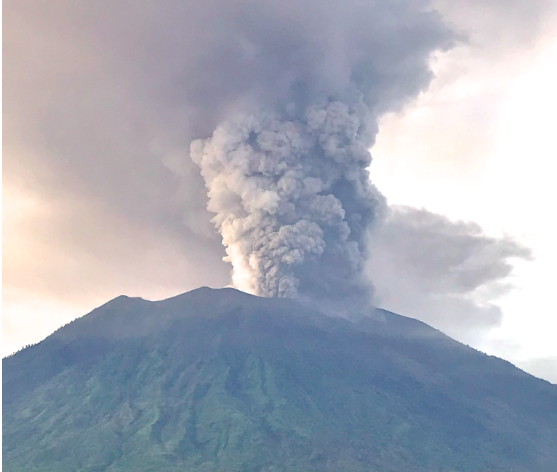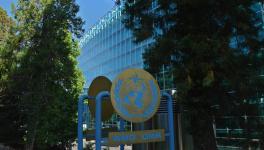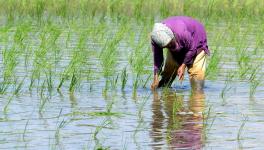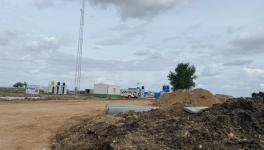Mount Agung Eruption Could Cause Droughts, Famine, and Other Natural Disasters

Bali’s Mount Agung erupted last weekend with more powerful eruptions predicted to follow. Mount Agung is the highest peak in Indonesia. High seismic activities have been reported around the volcano for the past two months, forcing 1,45,000 people to evacuate in September. These people had begun returning to their homes last month when seismic activity had lowered, but have been pushed out of their homes yet again. More than 55,000 people have been evacuated to camps this time, with the number expected to go over 1,00,000. This volcano had erupted in 1963 last time, killing around 1,600 people and lowering global temperatures by 0.1 to 0.2 degrees for a year.
While the impact of a volcano eruption on the local population is devastating, there are serious global implications as well. Volcanic eruptions can trigger diverse natural disasters, from droughts to famine to cooling of global temperatures.
When volcanoes erupt, they release ash and lava along with a number of gases such as carbon dioxide, sulphur dioxide, methane, hydrogen, etc. These gases go up to the atmosphere and spread throughout the planet. So the impact of a volcanic eruption is not restricted to its surrounding areas.
Sulphur dioxide in the atmosphere reacts with water vapour, forming droplets of sulphuric acid. This acid reflects back solar radiation, resulting in the cooling down of the lower atmosphere. If the eruption is particularly huge, releasing large amounts of sulphur dioxide, this cooling can affect vast regions of the planet and cause a volcanic winter.
In 1815, another Indonesian volcano, Mount Tambora, had the largest eruption in recorded history. It released 150 cubic kilometres of ash and gases, causing the Earth to cool by three degrees Celsius globally. The year after that, 1816, came to be known as the “year without summer”.
The climate changes caused by Tambora resulted in widespread crop failure in nearby countries like India, and in countries as far as Ireland, Britain and Germany. This caused massive famines. The climate changes adversely impacted the ecology of the Bay of Bengal, resulting in the emergence of a new strain of a bacteria that causes cholera. Till date, millions of cases of this disease are reported every year.
Mount Agung is being heavily monitored to ensure disaster mitigation efforts. Volcanologists use a variety of methods and tools to predict eruptions and volcanic activity. Keeping a track of earthquakes, gas emissions and the movement of magma, contribute to these predictions. But despite all these monitoring methods, it is not possible to pinpoint the time of an eruption. Often, increased volcanic activity does not result in a major eruption. Moving magma below a volcano can sometimes cool beneath the surface without erupting. Since we cannot predict the exact outcome of the volcanic activity, we need to take precautionary measures which disrupt people’s livelihoods.
If Mount Agung has a major eruption this time, we will not be prepared to handle the global consequences. It could result in an aftermath similar to that of 1815, or it could be worse.
Get the latest reports & analysis with people's perspective on Protests, movements & deep analytical videos, discussions of the current affairs in your Telegram app. Subscribe to NewsClick's Telegram channel & get Real-Time updates on stories, as they get published on our website.
























